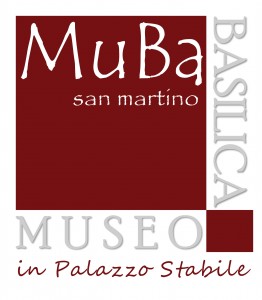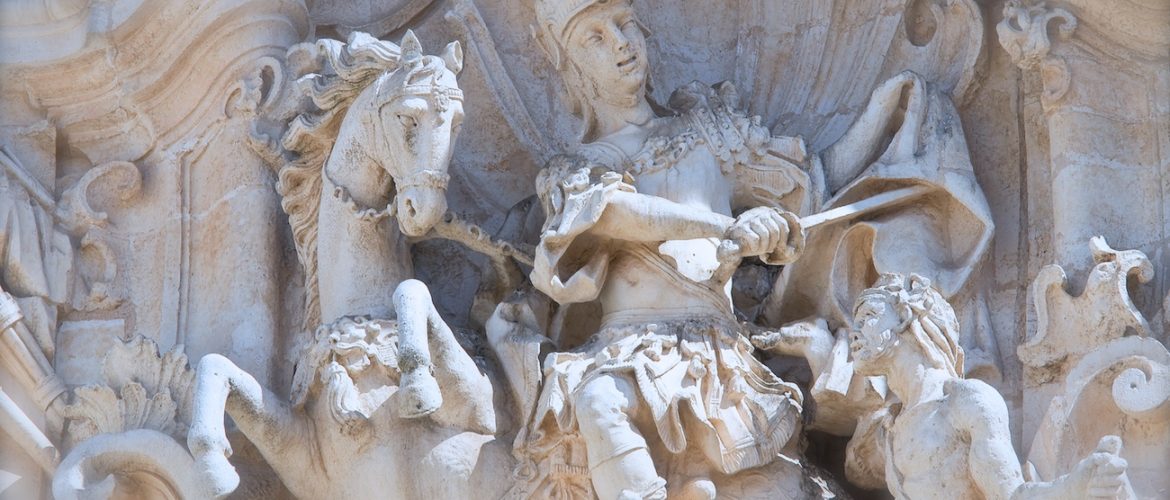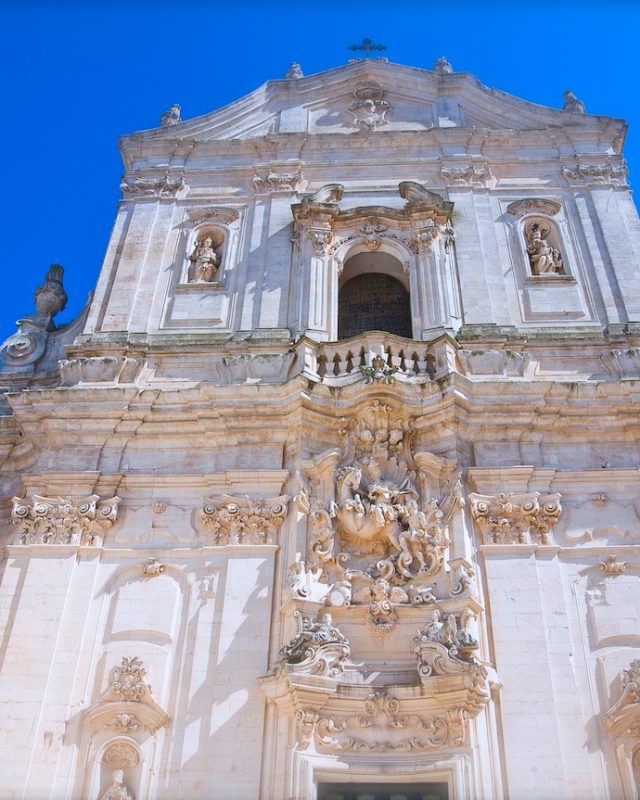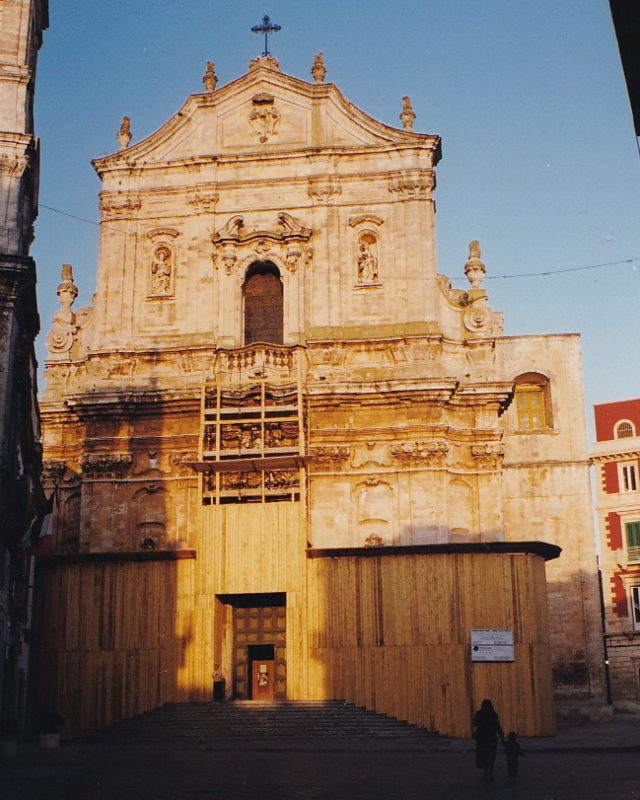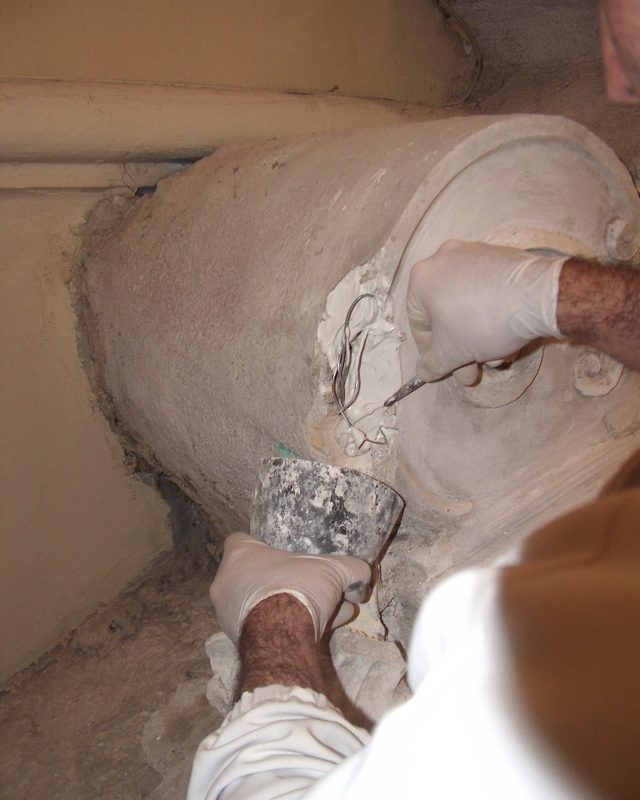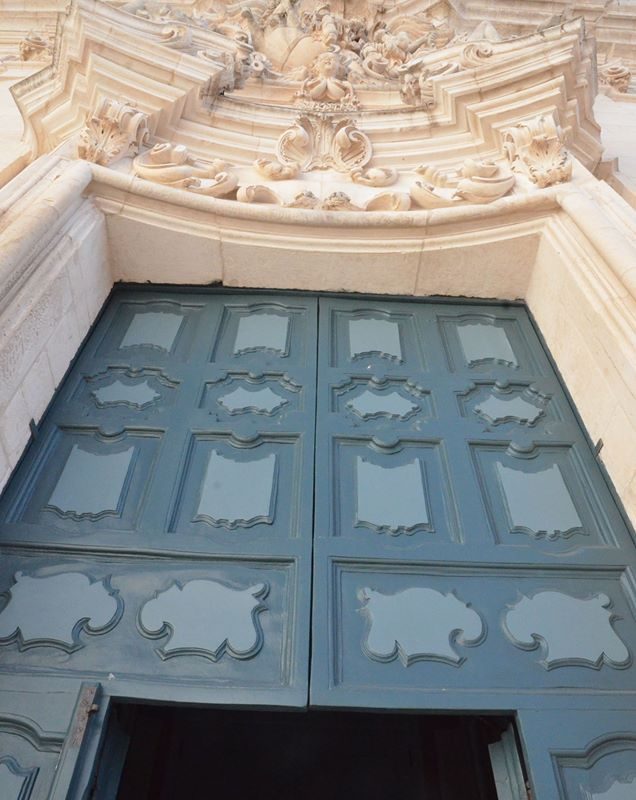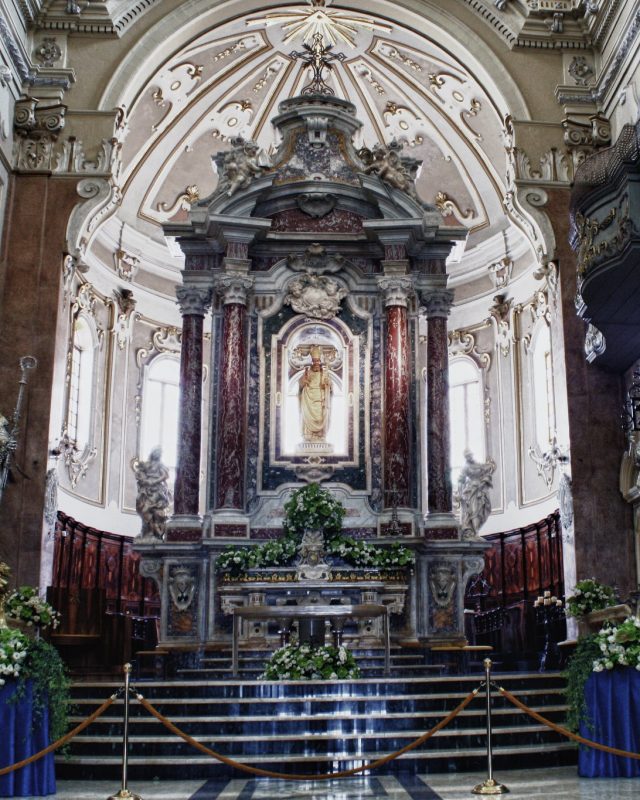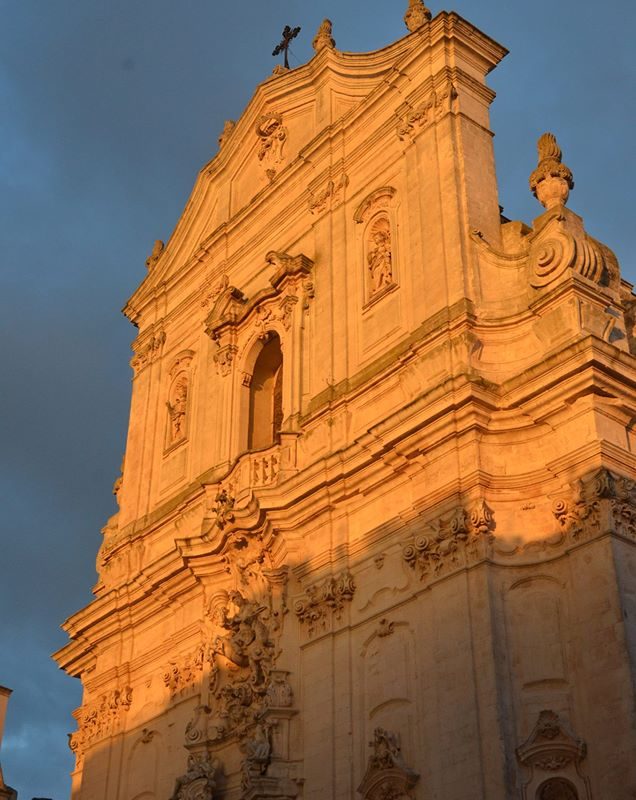Therefore the building underwent numerous changes in the course of two and a half centuries, from the early sixteenth century until the middle of the eighteenth century, when, after the archpriest Isidoro Chirulli’s will, the old building was demolished to build the current temple of the late Baroque architectural taste, designed by the Milanese architect Giuseppe Mariani.
The decision, dictated by the need to consolidate the parties damaged by the earthquake of February 20, 1743, met the aesthetic requirements of conforming the building to the typical eighteenth century’s trend.
The consecration of the Collegiate occurred on 22 October, 1775, about thirty years after the laying of the foundation stone.
The exterior of the Basilica is characterized by the majestic facade, 37 meters high, which is based on the semi-circular staircase, an architectural appeal to look up. It is set on two architectural orders, whose decorative elements, carved in local stone and arranged in a harmonious and dynamic game of ledges and recesses, are emphasized by the elegant sculptural core group representing St. Martin giving his cloak to the Poor, by Joseph Morgese, Martina’s civic art masterpiece.
The interior of the Basilica, vast and bright, has a Latin cross. In the presbytery, under the triumphal arch designed by Gennaro Sammartino, there is a precious marble altar (1773) designed by Giuseppe Sammartino, author of the Veiled Christ in Naples in the Sansevero Chapel, to guard the sculpture of the town’s patron saint, San Martin of Tours, made of stone in the sixteenth century’s early decades by Stefano da Putignano. The large marble complex was made by Giuseppe Variale, Neapolitan marble craftsman. The angels holding the Patron’s episcopal emblems, the nimbus of the Holy Spirit and the two white marble female allegorical figures of Charity and Abundance, “in cornu Evangelii” and “in cornu Epistulae” are also by Giuseppe Sammartino. The large marble complex was donated to the Collegiate by Pietro Simeone, nobleman fom Martina, whose aristocratic emblem is inlaid in the marble shields below the two female figures.




